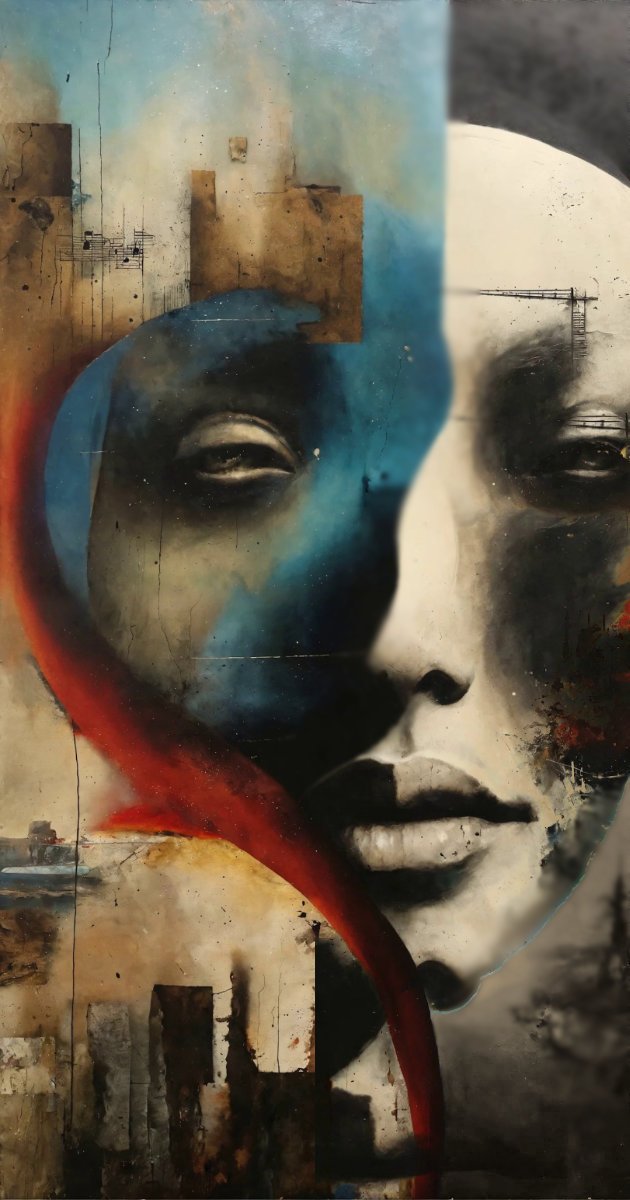
The muses are the archetypal expression of inspiration. They do not change their basic function, but they do change their form depending on the cultural, temporal and subjective context. They were and are valuable companions not only to poets, bards and storytellers throughout the ages. Source: JuliusH/Pixabay
Archetypes - Actors of Our Soul?
We come across the term "archetypes" in many places, which sometimes causes a lot of confusion. Who are these "types" that we are supposed to encounter everywhere? They appear in our dreams, imaginations, or even as "actors" or manifestations of our soul in the outer world.
We are not supposed to influence them, but they are very much considered to influence us. So they are supposed to be the forces, the types, regardless of gender, that drive us and somehow lead a life of their own in the collective unconscious. They show themselves subtly, and when they take possession of us, we should be on guard. How we nourish, judge or condemn them determines their role. For the Western, "rational" mind, this is heavy food to digest. After all, we have free will and decide for ourselves. Or not?
The Archetypal Hero's Journey
The debate about free will has been going on for thousands of years and it seems that, although there are an infinite number of opinions, there is still no conclusive answer. It may not be a question of "either or", but rather one of "both and". How an energy, or event affects our lives depends crucially on how we judge it and react and respond to possible challenges or benefits.
Surely there can be no question that there are countless incidents and events in our lives over which we have no control. Often enough not even over our emotional level, if we even know what we feel. We often pretend to harbour certain feelings because they seem appropriate about others or because we prefer to suppress our unpleasant feelings instead of feeling them. These include, above all, feelings such as shame and guilt which have been placed inside us by others.
Become What Scares You The Most
Very often we do not have adequate answers to such feelings and even more rarely question whether these projections are justified. In such situations, they seem to come into play - these "primal types". They are these original entities that we cannot see but can sense. Most of the time, when things go badly, this game is accompanied by even more feelings of shame and guilt, so that we continue to repress them and they do their mischief with and within us from the "shadows". How often do we feel alienated from ourselves and consider that it is not our person who is acting, but an invisible force within us?
And yet there are also these forces within us that want to protect us and help us to look at and recognise these 'shadow beings'. Well, that sounds pretty damn familiar. How many stories come to mind in which the "hero of the journey" has to face and fight adversity and monsters to become what he or she truly is: a hero or heroine. about themselves.
And who would have thought it? It's never about the challenges in the outer world. This is merely a reflection of our inner state of being.
Getting over yourself is probably the hardest task.
Freier Wille oder Schicksal – eine Dichotomy
by Annibale Fontana Italian (vor 1584) / public domain
The scene carved in rock crystal from Greek mythology depicts the hero Hercules in battle with the centaur Nessus. The Metropolitan Museum's medallion is one of a series of six preserved rock crystals engraved with episodes from the story of Hercules.
The depiction of this scene can be interpreted as a battle of two archetypes between good and evil.
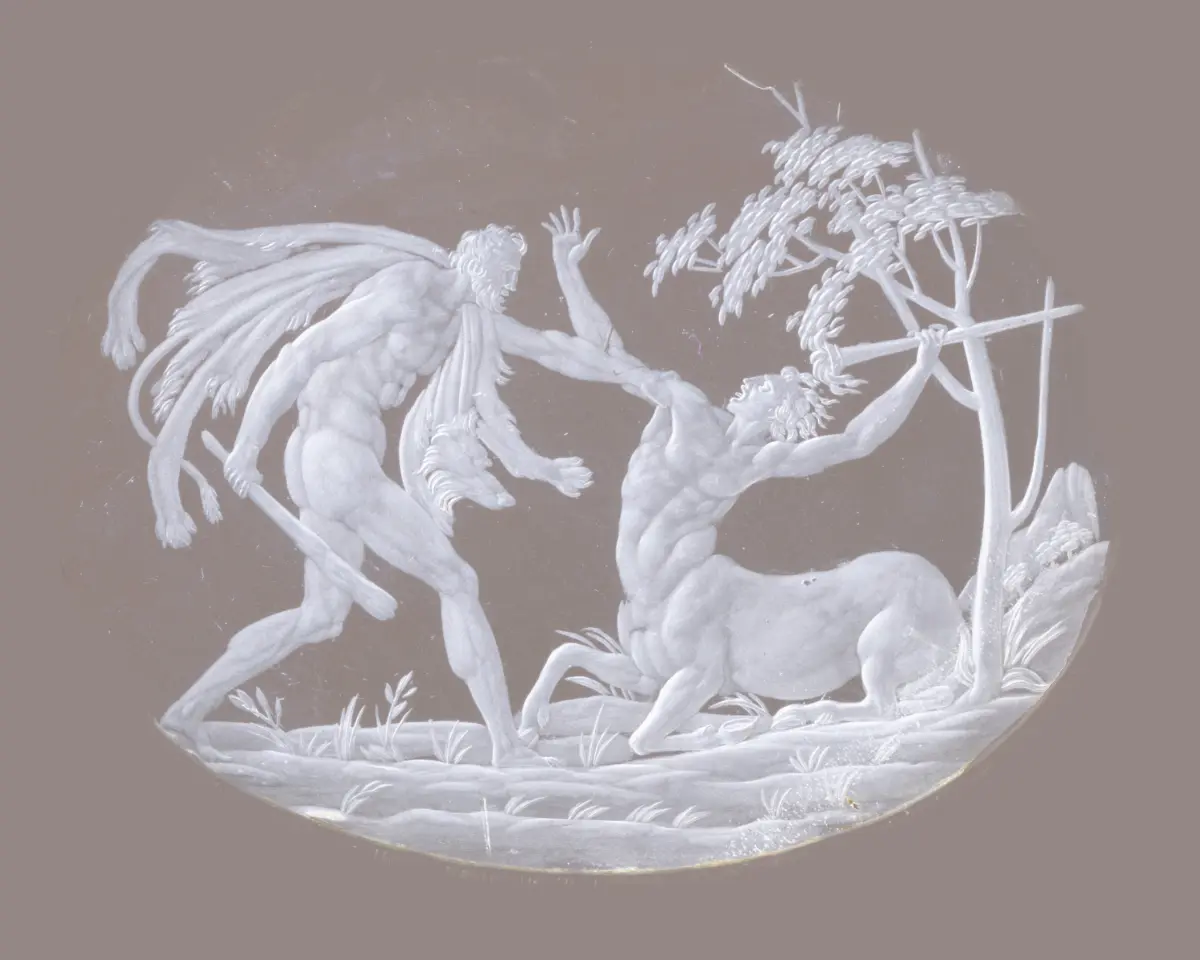

The archetype of the warrior depicted in the figure of the Celtic hero Cú Chulain. He is the central figure of the Ulster cycle (Ulaid) in medieval Irish mythology and literature.
Archetypes in the world of myth
When we enter the world of myth, we encounter them, the archetypes of the human soul. Maybe even the universe, the all-encompassing being itself.
In myths, they are the protagonists who make history. Be it the strongest hero in the world, who masters his challenges under the wing of his father of the gods. Sometimes we meet the lord of the seas or even a god of the underworld.
There are as many variations of stories as there are people, perhaps many, many more. Stories that have not yet been written. Or stories nobody knows because the heroes of their journeys are neither sung about nor praised. Let alone praise their heroic deeds themselves.
The eternally reborn
Even if we sometimes forget the stories of mankind, these forms of expression always find their way back into human consciousness. Even if we are not familiar with the myths of the "Olympic gods", we still understand their messages and the underlying principles.
They rise again in a new guise, so to speak, and adapt to the cultural expression of a society. Cinematic works such as "Star Wars" and the Marvel series of "Thor" or "Loki" serve as examples here, representing an expression of these principles in our modern Western culture. The most famous "modern" myth is probably the "Lord of the Rings" trilogy by J. R. R. Tolkien.
Lonely Heroes
We are these lonely heroes on the journey to individuation, as Carl Gustav Jung called the hero's journey. Through myth, these archetypes speak to us, sometimes even through us. We identify or admire them or refuse to recognise them. These heroes of our own history.
The myth forms the bridge between human consciousness and the spiritual forms, transpersonal values or attitudes of the numinous. In this way, the images of divinity are connected with those of humanity.
Archetypes as a symbolic form of appearance
Nature itself is an expression of these intangible but effective energies. Stones, metals, plants or "celestial" places, especially "stars", were associated with gods, angels and demons, natural entities or spiritual entities invisible to humans.
In ancient astrology , the planets symbolised the "stars of the gods". The planets serve as a form of appearance through which the archetypes speak. Rituals can be deeply archetypal. After all, they are intended to establish a connection between the invisible of the supra-personal and the world of matter in order to manifest themselves in the most diverse ways.
Numbers, geometric and abstract forms find their expression in archetypal principles. Our animal friends serve them to meet us as butterflies or dragons in our dreams.
In many cases we encounter them as Jungian "synchronicities". A synchronicity is a seemingly random event that nevertheless has a meaning for the observer.
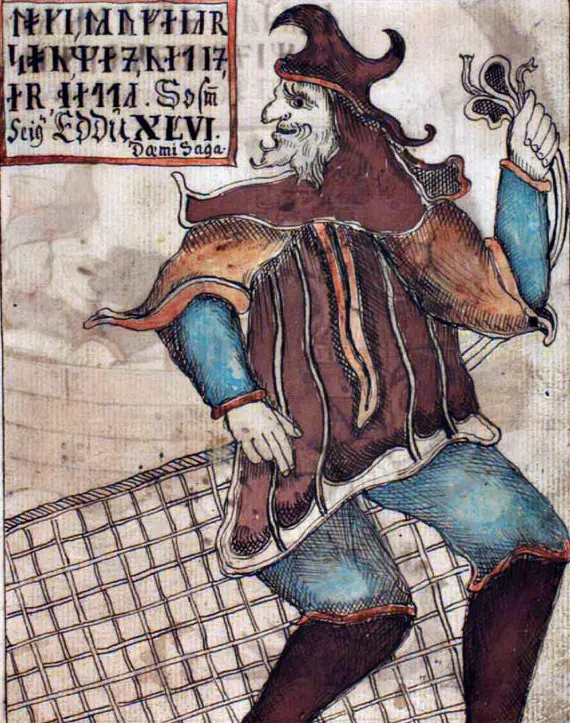

"Puck" or "Robin Goodfellow" as a manifestation of the trickster who is up to mischief in William Shakespeare's "A Midsummer Night's Dream"
Understanding the incomprehensible
Carl Gustav Jung formulated the archetype as a formative principle or pattern that shapes our behaviour and ideas, but in and of itself, i.e. in its purest form, is neither visible nor comprehensible.
Archetypes are intangible and originate from the world of ideas. They are merely "shadows" cast in the form of symbols or patterns that have a universal quality and are part of the entire history of mankind.
We experience them merely as projections or shadows cast on the screen of our consciousness, to use Plato's allegory of the cave. Indeed, Plato seems to be the original source in which the concept or idea of the archetype was formulated.
Heading into the unknown
The basic idea of the archetype always remains the same, albeit in different facets and forms of expression. Incidentally, the archetype of the trickster is said to be the oldest known form of expression of an archetype. A rogue who thinks evil of it.
On a personal level, the archetypal journey is the departure into the unknown. What does it mean when we leave the familiar terrain? Be it proverbially, psychologically or spiritually. Where will our journey take us and who or what will we encounter? Who will we be at the end of our journey?
We are not alone on our journey, even if it may feel that way. Each individual must find their way to complete their adventures. And yet we are all travelling to the same destination. Many roads lead to Rome.
And when things sometimes seem hopeless and we want to give up, a helping hand in the form of an archetype suddenly appears out of nowhere to accompany and support us part of the way. Archetypes are omnipresent - in whatever form.
The collective unconscious
The home of archetypes is the collective unconscious, as Carl Gustav Jung called this space. It is the deep sea of archetypal and mythological images that connect humanity. When we talk about Artemis, Cù Chúlainn or Saturn, all these forms in some way "live" in or come from the collective unconscious. They are part of the history of humanity and do not belong to an individual, even if they may have an individual meaning or message for the individual. The collective unconscious is the place where these large, formative or structural patterns of life, the archetypes, live or have their origin.
Not forgetting our dreams, which seem to be separated from this collective unconscious sea only by a thin curtain. The language of our dreams is mythological and sometimes seems mysterious to us. But when we learn to understand the language of mythology, the door to new, unknown worlds opens. When we enter these worlds, we are guests in the realm of archetypes and they give us insights into the all-encompassing laws of life.
art is the playground of archetypal ideas!
Upshot
Arche
typen
- are a defining principle or pattern that shapes our behaviour and ideas but is neither visible nor tangible
- are part of the history of mankind and do not belong to an individual, even if they may have an individual meaning or message for the individual
- manifestieren sich auf vielfältige Weise in der Kunst, in der Natur, in unseren Träumen, Imaginationen usw.
- speak the language of myth. If we understand them, we have a more comprehensible approach to our dreams
- are represented in large numbers. The best-known representatives are the trickster, the warrior, the hero, the wounded healer, the wise man or woman, the child and many more.
- "home" is the collective unconscious, the place where these large, formative or structural patterns of life, the archetypes, live or have their origin
- are omnipresent - in whatever form
- are not woo-woo. They are the forces of nature themselves. When they take possession of us, we should be on guard because we could lose ourselves in them.
- Der individuelle „Schatten“ bildet die Brücke zum kollektiven Unbewussten. Ein Individuum, das sich seine Schattenanteile bewusst macht, ist weniger anfällig für die überwälttigenden dunklen Seiten des kollekttiven Schattens wie es beispielsweise in der NS-Zeit in Deutschland zu beobachten war
Consciousness as a principle of interpretation
The underlying principle of interpretation is consciousness. First and foremost, reality is conscious, living, relational and interactive, communicative, alive and sentient. So if we keep our hearts, ears and eyes open, we can hear them, the "deities" that call us and speak to us. May they be soothing or challenging, these intangible beings.
It may sometimes seem to us that we are alone on our hero's journey, our journey to ourselves or individuation, as Carl Gustav Jung called the journey, but appearances are deceptive. We are all on the same journey to the same destination, just on different paths and each at our own pace. These paths are as numerous as there are stars in the universe.
In ancient astrology, people were very aware of the planets as archetypes, i.e. deities. This also includes Saturn
and more stories...
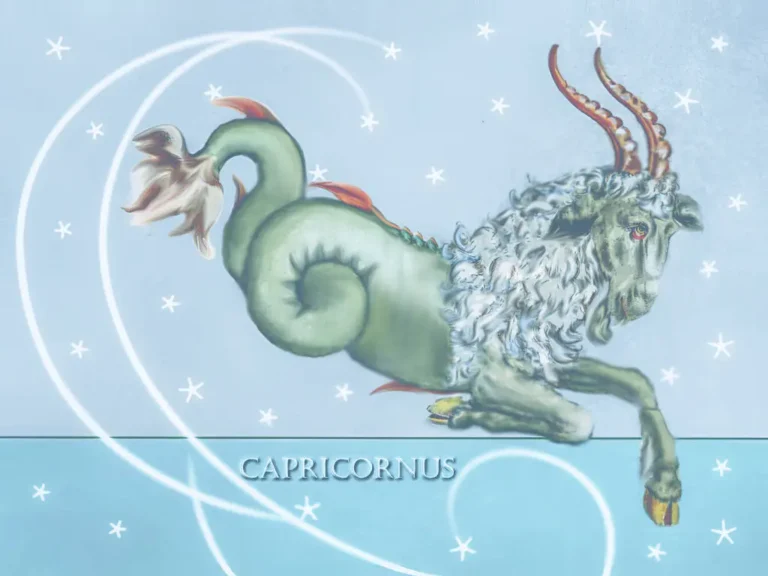
The Zodiac Sign Capricorn - the Longing Existentialist
There are many misconceptions, prejudices and misinterpretations about the zodiac sign Capricorn. Some of these are examined and reassessed here and we encounter a wild, yearning existentialism in this sign.

Saturn the Stern Taskmaster - The Dark Knight of the Soul
Above all, Saturn has the reputation of being a relentless teacher. There is no doubt about that. Even if it sometimes lacks light, it can be the dark knight of our soul and serve it for our good.
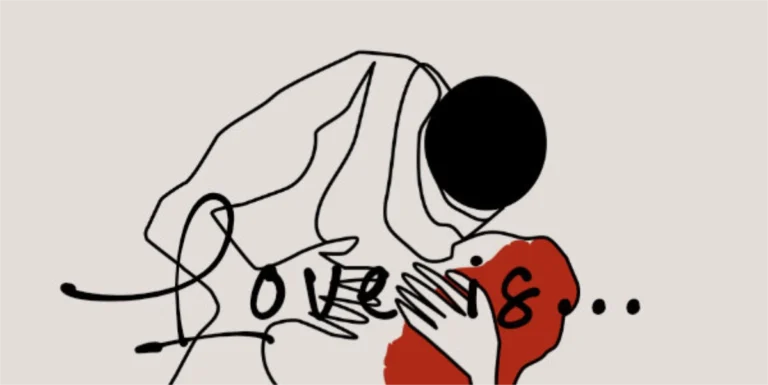
14 Charming Stanzas about Love
A love poem in 14 stanzas about the facets of love. Be it an unfulfilled longing, the smile of a lover or a bewitching scent...
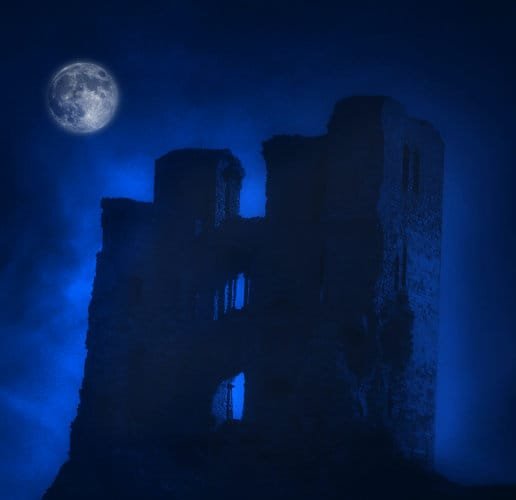
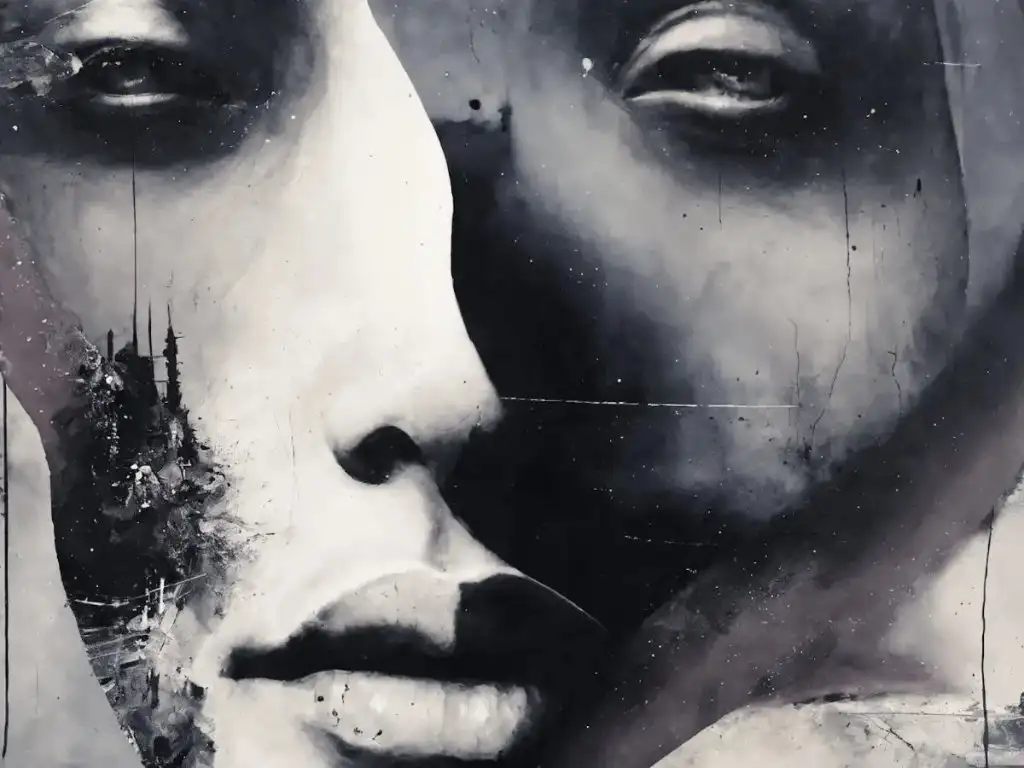
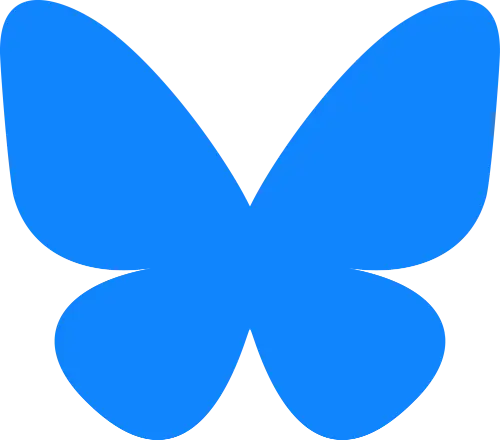



Leave a Reply